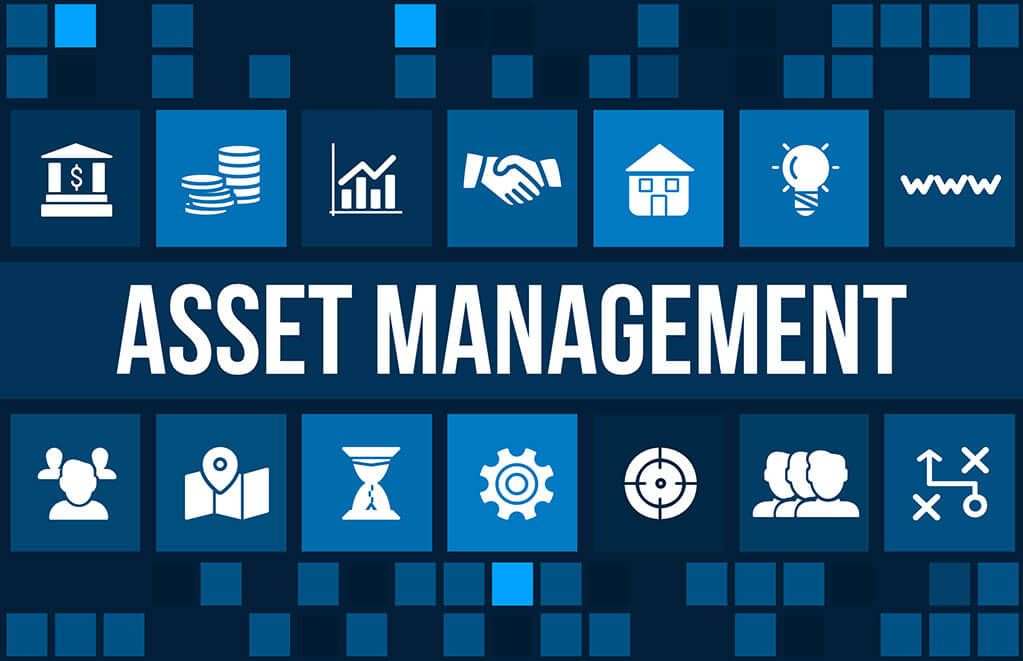The Art of Asset Management: Maximizing Value and Minimizing Risk
Asset Management is a crucial discipline that involves the systematic Asset Management of tangible and intangible assets to maximize value while minimizing risk. From financial investments to physical assets like property and equipment, effective Asset Management strategies are essential for businesses and individuals alike. This article explores the key concepts, strategies, and benefits of asset management.
What is Asset Management?
Asset Management involves the systematic planning, procurement, operation, maintenance, and disposal of assets to achieve the organization’s goals. Asset Management can be financial (e.g., stocks, bonds, real estate) or physical (e.g., buildings, machinery, vehicles) and are valuable resources that contribute to an organization’s success.
ये भी पढ़े: The Essence of Comprehensive Medical Care: A Holistic Approach to Health
Key Concepts in Asset Management
- Asset Lifecycle Management: Assets go through a lifecycle that includes planning, acquisition, utilization, maintenance, and disposal. Effective asset management considers each stage to maximize value and minimize costs.
- Risk Management: Asset managers must assess and mitigate risks associated with each asset, such as market volatility, operational failures, or regulatory changes. Strategies like diversification and insurance help manage risks.
- Asset Tracking and Monitoring: Tracking assets helps ensure they are utilized efficiently and maintained properly. Technologies like RFID, GPS, and IoT devices enable real-time monitoring of assets, enhancing management efficiency.
- Performance Measurement: Regular performance evaluation is crucial to assess the effectiveness of asset management strategies. Key performance indicators (KPIs) help track performance and identify areas for improvement.
ये भी पढ़े: Dental SEO Company: Elevate Your Dental Practice with a Specialized Dental SEO Company
Strategies for Effective Asset Management
- Asset Allocation: Diversifying investments across different Asset Management classes (e.g., stocks, bonds, real estate) helps manage risk and maximize returns based on the investor’s risk tolerance and financial goals.
- Lifecycle Cost Analysis: Considering the total cost of ownership (TCO) over an asset’s lifespan helps make informed decisions about acquisition, maintenance, and disposal, ensuring cost-effectiveness.
- Maintenance Strategies: Implementing preventive maintenance schedules and predictive maintenance techniques can minimize downtime, extend asset lifespan, and reduce overall maintenance costs.
- Asset Disposal: Proper disposal strategies, such as selling, recycling, or donating assets, should be based on factors like market conditions, environmental impact, and regulatory compliance.
ये भी पढ़े: Online Prescription: Navigating the evolving online prescription landscape of medical care
Benefits of Asset Management
- Improved Financial Performance: Effective Asset Management can lead to higher returns on investments, reduced costs, and increased profitability.
- Risk Mitigation: By diversifying assets and implementing risk Asset Management strategies, asset managers can reduce the impact of market volatility and other risks.
- Optimized Resource Utilization: Asset management helps organizations use their resources more efficiently, reducing waste and improving productivity.
- Compliance and Accountability: Proper Asset Management ensures compliance with regulatory requirements and promotes transparency and accountability in asset-related decision-making.
ये भी पढ़े: Big Rig Accident Attorney: why you need a skilled attorney to deal with the aftermath
Conclusion
Asset management is a critical function for organizations and individuals looking to maximize the value of their assets while minimizing risks. By implementing effective strategies and leveraging technology, Asset Management can achieve better financial performance, mitigate risks, and optimize resource utilization. Adopting a holistic approach to asset management can lead to long-term sustainability and success.










